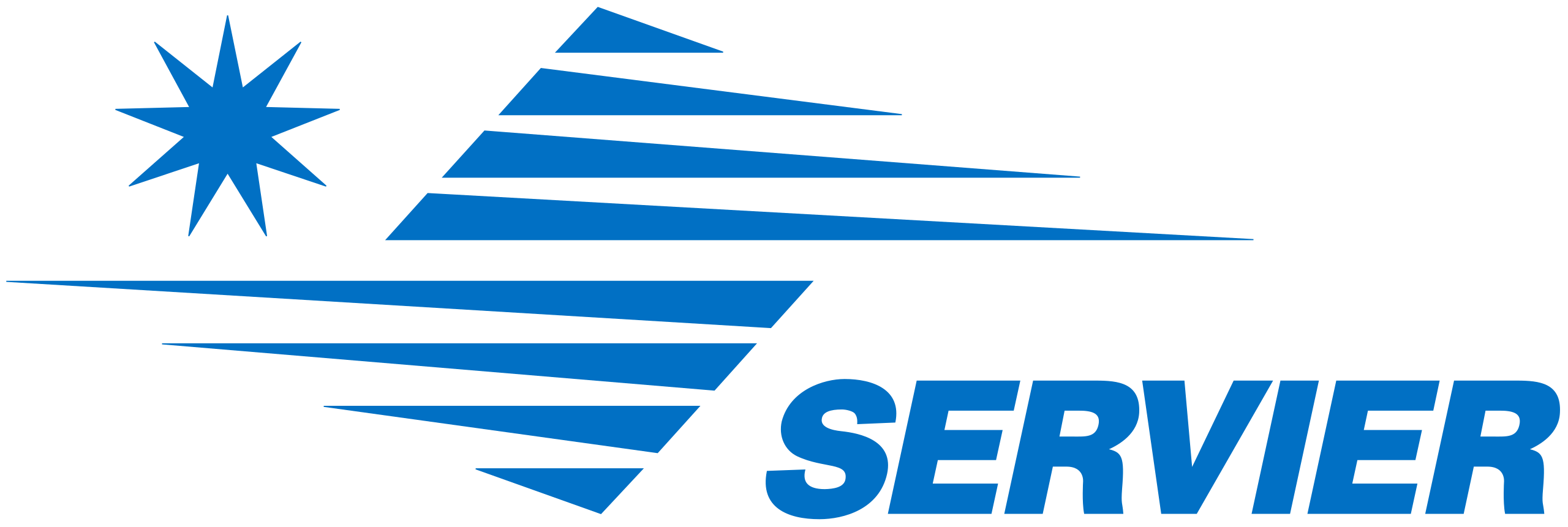Go back to trials list
Phase 1 Study of FLAG-Ida With Pivekimab Sunirine (PVEK [IMGN632]) for Adults With Newly Diagnosed Adverse-Risk Acute Myeloid Leukemia and Other High-Grade Myeloid Neoplasms
Description
This phase I trial finds the best dose of PVEK when given together with fludarabine, cytarabine, granulocyte colony-stimulating factor (G-CSF), and idarubicin, (FLAG-Ida) regimen and studies the effectiveness of this combination therapy in treating patients with newly diagnosed adverse risk acute myeloid leukemia (AML) and other high-grade myeloid neoplasms. PVEK is a monoclonal antibody linked to a chemotherapy drug. PVEK is a form of targeted therapy because it attaches to specific molecules (receptors) on the surface of cancer cells, known as CD123 receptors, and delivers the chemotherapy drug to kill them. Chemotherapy drugs, such as idarubicin, fludarabine, high-dose cytarabine work in different ways to stop the growth of cancer cells, either by killing the cells, by stopping them from dividing, or by stopping them from spreading. G-CSF helps the bone marrow make more white blood cells in patients with low white blood cell count due to cancer treatment. Giving PVEK with the FLAG-I
Trial Eligibility
Inclusion Criteria: * Age ≥ 18 years * Diagnosis of untreated AML other than acute promyelocytic leukemia (APL) with t(15;17)(q22;q12) or variants according to the 5th edition of the World Health Organization (WHO) classification of hematolymphoid tumors. Patients with myelodysplastic, myeloproliferative, or myelodysplastic/myeloproliferative neoplasms and ≥ 10% blasts in blood and/or bone marrow, are also eligible, as are patients with mixed phenotype acute leukemia (MPAL). Outside diagnostic material is acceptable to establish diagnosis; submission of peripheral blood specimen for flow cytometry performed at the study institution should be considered. Diagnostic material must have been submitted for cytogenetic and/or molecular testing as clinically appropriate * Cytogenetically/molecularly adverse-risk disease (European LeukemiaNet \[ELN\] 2022 criteria) * Expression of CD123 on immunophenotypically abnormal blasts, as assessed by local multiparameter flow cytometry. Evaluation of CD123 expression via immunohistochemistry is permissible, for example if flow cytometric assessment is not available * Medically fit, as defined by treatment-related mortality (TRM) score ≤ 13.1 calculated with simplified model * The use of hydroxyurea prior to start of study therapy is allowed. Patients with symptoms/signs of hyperleukocytosis, white blood cell count (WBC) \> 100,000/μL or with concern for other complications of high tumor burden (e.g. disseminated intravascular coagulation) can be treated with leukapheresis prior to start of study therapy * Patients may have received low-intensity treatment (e.g. azacitidine/decitabine, lenalidomide, growth factors) for antecedent low-grade myeloid neoplasm (i.e. \< 10% blasts in blood and bone marrow) * Bilirubin =\< 1.5 x institutional upper limit of normal (IULN) unless elevation is thought to be due to hepatic infiltration by AML, Gilbert's syndrome, or hemolysis * Aspartate aminotransferase (AST) and alanine aminotransferase (ALT) =\< 3.0 x IULN unless elevation is thought to be due to hepatic infiltration by AML * Creatinine clearance \>= 60 mL/min * Left ventricular ejection fraction \>= 45%, assessed by multigated acquisition (MUGA) scan or echocardiography or other appropriate diagnostic modality and no clinical evidence of congestive heart failure * Fertile male and female subjects must be willing to use an effective contraceptive method before, during, and for at least 3 months after receiving the investigational agent * Provide written informed consent Exclusion Criteria: * Diagnosis of blast phase chronic myeloid leukemia (CML) * Patients with FLT3-mutated AML * Concomitant illness associated with a likely survival of \< 1 year * Active systemic fungal, bacterial, viral, or other infection, unless disease is under treatment with antimicrobials, and/or controlled or stable (e.g. if specific, effective therapy is not available/feasible or desired \[e.g. known chronic viral hepatitis, human immunodeficiency virus (HIV)\]). Patient needs to be clinically stable as defined as being afebrile and hemodynamically stable for 24 hours. Patients with fever thought to be likely secondary to leukemia are eligible * Known hypersensitivity to any study drug or prior \>= grade 3 hypersensitivity reactions to monoclonal antibodies * Confirmed or suspected pregnancy or active breast feeding * Treatment with any other investigational anti-leukemia agent
Study Info
Organization
Fred Hutchinson Cancer Center
Primary Outcome
Incidence of dose-limiting toxicities during cycle 1
Interventions
Locations Recruiting
Fred Hutch/University of Washington Cancer Consortium
United States, Washington, Seattle
Interested in joining this trial?
Our dedicated patient navigators are here to support you by reviewing the eligibility criteria to see if you might qualify for this trial.
Get the latest thought leadership on your Acute Myeloid Leukemia delivered straight
By subscribing to the Healthtree newsletter, you'll receive the latest research, treatment updates, and expert insights to help you navigate your health.
Thanks to our HealthTree Community for Acute Myeloid Leukemia Sponsors:




